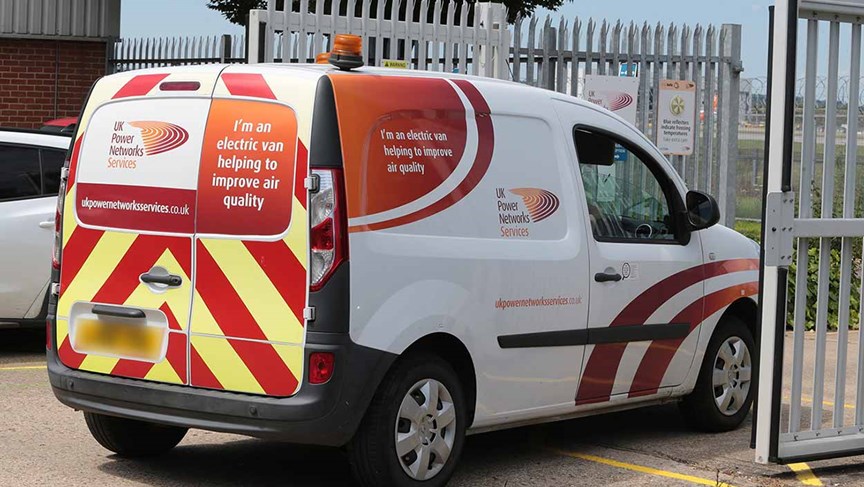Case studies
The Port of Felixstowe, the UK’s busiest container port, is leading the charge towards a greener future. As part of its goal to meet the UK’s 2050 net-zero target, the port is undergoing a major upgrade to its electrical infrastructure – phasing out diesel-powered equipment and introducing clean, electric alternatives.
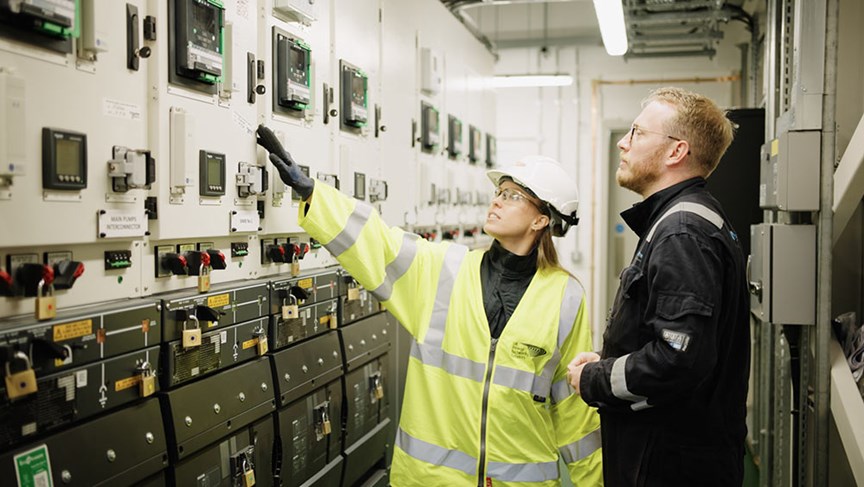
The Ministry of Defence (MOD) asked us to upgrade the high voltage (HV) network at one of their naval bases in Portsmouth. Our innovative solution enhanced the resilience and sustainability of a key part of our national critical infrastructure.
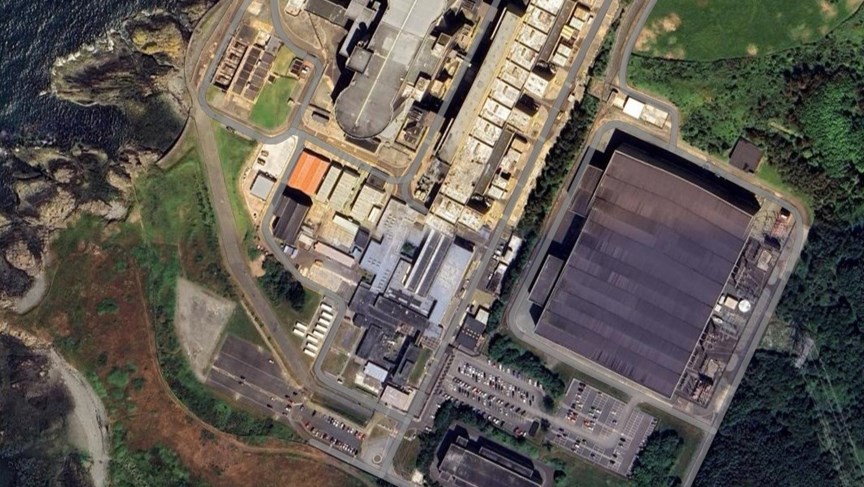
Wylfa is a twin reactor nuclear power station located on the Isle of Anglesey, in the northwest of Wales.
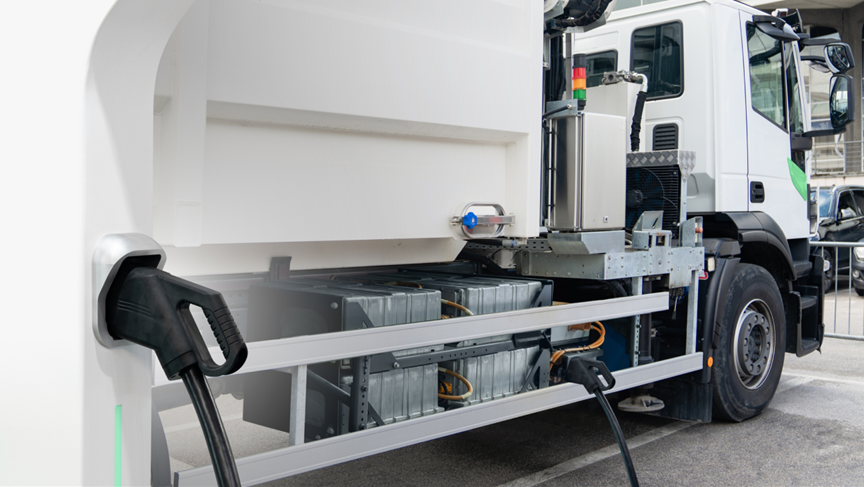
Hackney Council appointed UK Power Networks Services to develop an EV transition strategy for its refuse collection fleet, which comprised approximately 160 vehicles, made up of Light Commercial Vehicles (LCV) and Heavy Goods Vehicles (HGV).
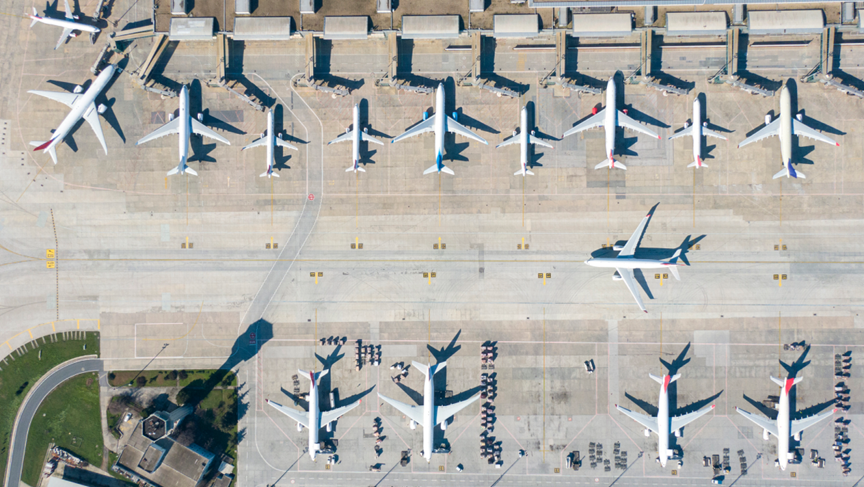
The Department for Transport commissioned Connected Places Catapult to create a roadmap that will enable the UK to transition to hydrogen and electric aviation.

Berkshire Local Enterprise Partnership (LEP) appointed UK Power Network Services to produce a report outlining the options for the LEP to support the delivery of the proposed electric vehicle and hydrogen hub.

Port of London Authority has committed to halving their carbon emissions within five years, aiming for a 60% reduction by 2025 to achieve Net Zero by 2040.
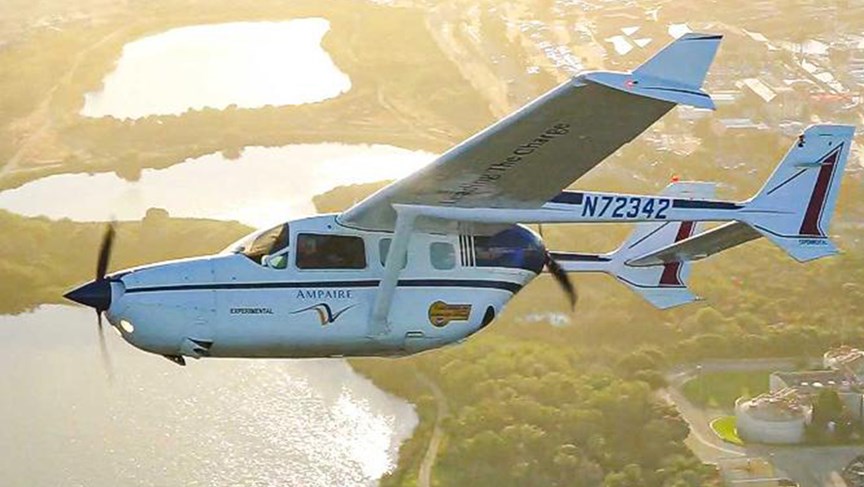
Ampaire is a technology company that is developing and flying, hybrid-electric aircrafts to propel the aviation industry to a decarbonised future.

Over the past 30 years, our team has continued to grow in size and ambition as we've supported Gatwick airport to identify new supplies, new connections and new renewable energy systems.

Celebrating 30 Years in Aviation with Heathrow Airport. Over three decades, our long-term partnership with Heathrow has remained a testament to collaboration and shared innovation when delivering airport excellence. From delivering Terminal 5 to attaining Carbon Trust Level 3, we have supported Heathrow to achieve some of their biggest milestones, and look forward to many more years of success.

For over 30 years, we've continued to operate and maintain Stansted Airport's advanced electricity network, working collaboratively with our client to enhance control, efficiency, and resilience of operations. We have supported Stansted's network expansion and sustainability gains with the development and implementation of their new terminal building, the integration of EV charging infrastructure and the installation of a new solar farm.

We worked with bp pulse to install 22 50kW rapid electric vehicle chargers below Park Lane in central London. The new chargers allow local taxis, private hire vehicles and fleets to electrify and reduce emissions in the capital.

We operate and maintain the electricity network for Canary Wharf’s multi-tenanted commercial and retail buildings: ensuring an uninterrupted, secure supply. Our portfolio includes eight commercial offices and five retail malls, including national or global headquarters for some of the world’s largest financial institutions.
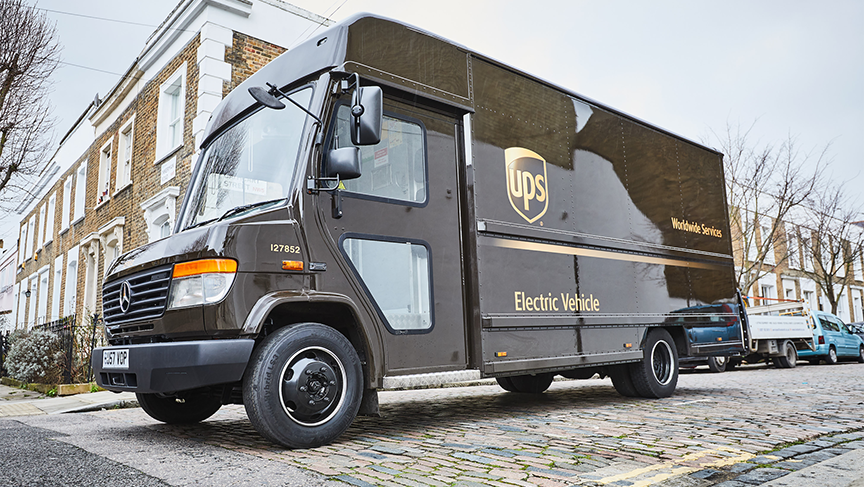
We implemented new smart electric vehicle charging systems to power UPS’s central London delivery fleet for what is believed to be the first of its kind in the world on this scale.

As one of the UK’s most innovative and efficient deep-sea ports, Port of Tyne has developed a decarbonisation roadmap, with an ambition to reduce net greenhouse gas emissions to zero by 2030 and to electrify the entire port by 2040.

In 2019, Bristol Airport handled over 8.9 million passengers. The airport’s ambition is to be the sustainable international gateway to South West England and South Wales, with an aim to be carbon-neutral by 2025 and net zero by 2050.

Following the successful appointment of Stagecoach Group, the UK’s largest bus and coach operator, to run London bus route 323, we were engaged to facilitate the electrification of the group’s West Ham bus garage to enable the introduction of five fully electric BYD buses.

We use electric vehicles at our Stansted, Heathrow and Gatwick airport depots and have electric vehicle chargers at London City Airport.
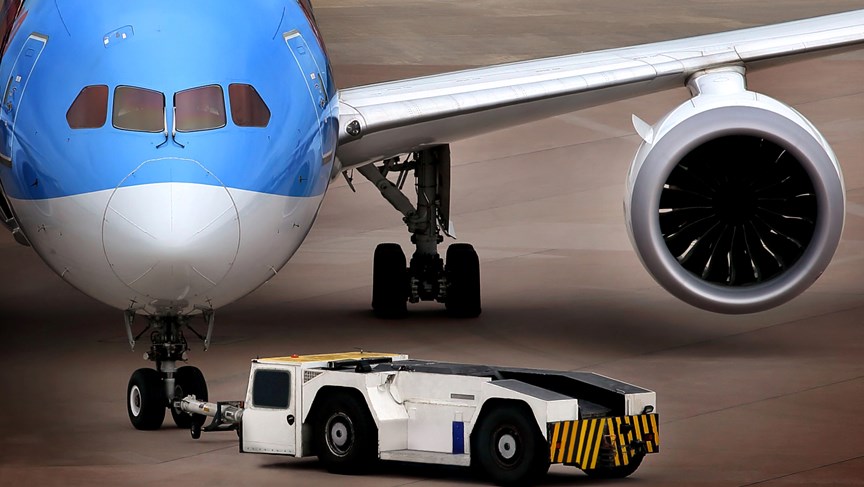
We relocated a substation from the middle of the aircraft taxiway to enable the airport’s expansion programme. The substation powers associated airfield ground lighting and airport communications.

We provide operation and maintenance support for Southern Water’s 70 high voltage sites in the UK.

Hinkley Point C is the first nuclear power station constructed in the UK in over 30 years.
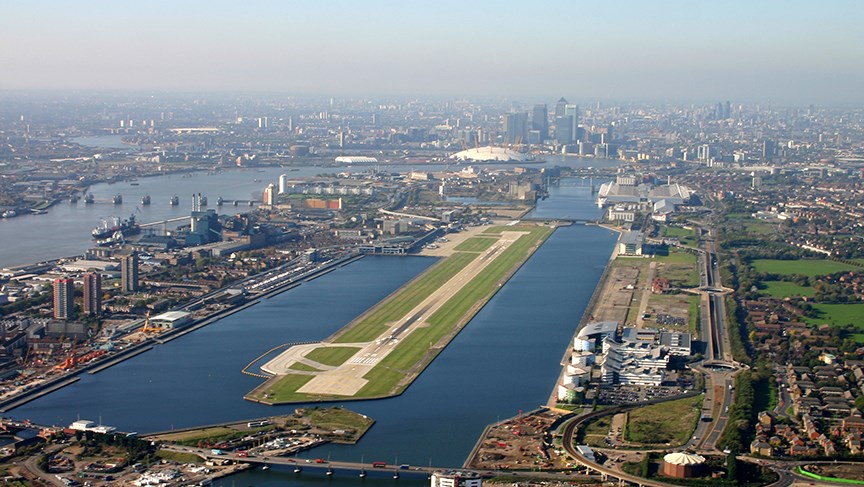
We finance, own, operate and maintain London City Airport's existing electricity network. Through optimum asset management, maintenance and replacement, we ensure that the airport maintains supply resilience to support its daily operations and help it achieve its sustainability ambitions.

Essex and Suffolk Water is a water supply company operating in the UK.

We have been responsible for the operation and maintenance of the electrical distribution system at The University of Kent Canterbury Campus since 2009.

Network Rail is the owner and infrastructure manager of most of the railway network in Great Britain.
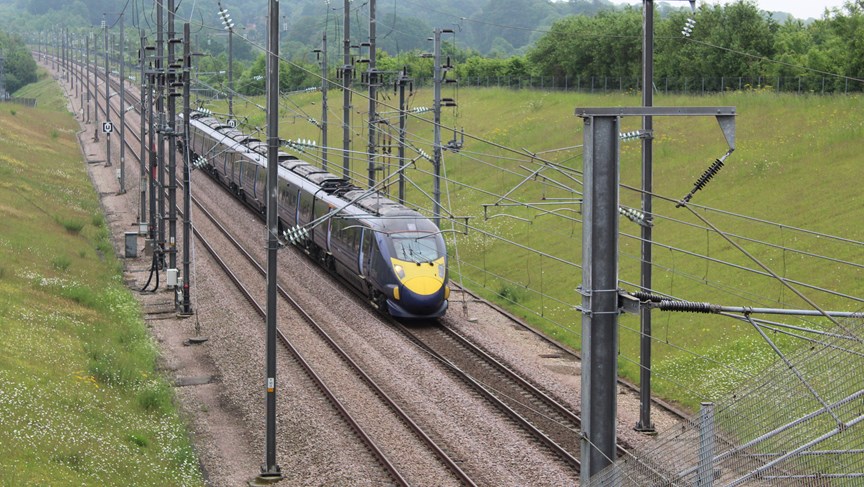
We were commissioned to design, construct, operate and maintain the electrical infrastructure of HS1, the UK’s first major railway constructed in over a century and its first high-speed railway. The project was delivered on time and on budget, within a contract that extends for 50 years after the start of railway operation.
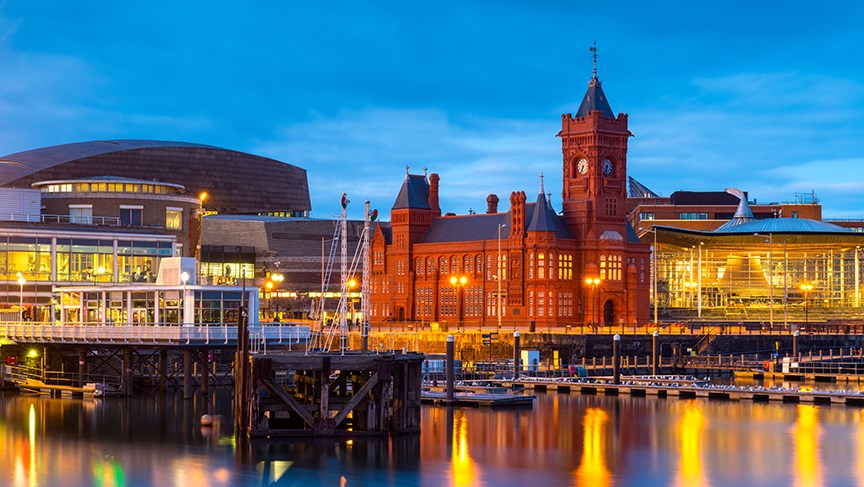
The Great West Electrification Project (GWEP) is a Network Rail initiative, which introduced electrification infrastructure and modern electric trains to the Great Western Mainline route.

We designed, procured and installed 33/11kV transformers and 33kV feeder cables to replace the existing assets which had reached the end of their operational life.
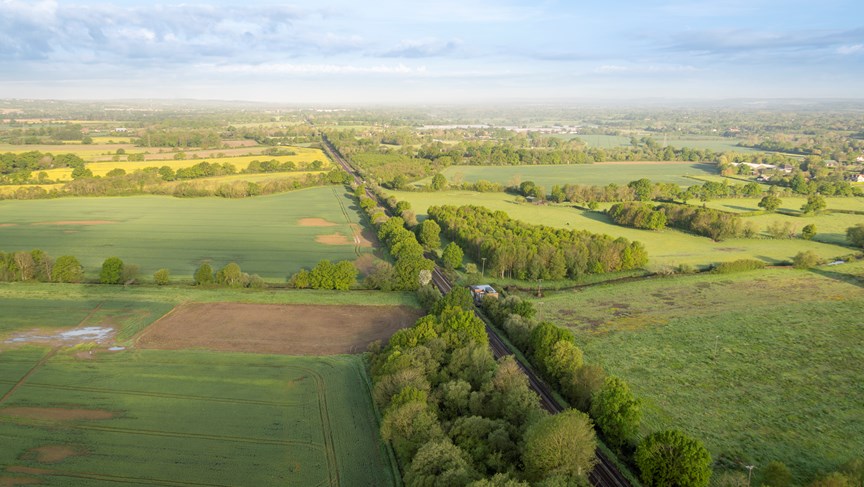
We upgraded the electricity infrastructure on the north and mid-Kent lines to meet the Train Operating Company’s aspiration to run 12-car trains, increasing capacity by 20%.

On the Metropolitan, Circle, Hammersmith and City, and District Line Underground infrastructure, we upgraded 16 existing substation locations, with feeder and fibre-optic cabling at 11 locations.

To enable Thameslink rail to transform north-south rail travel through London, we conducted a range of electricity infrastructure works including the design, upgrade and relocation of substations.

We supported London Underground to explore the benefits of inverter technology in traction power substations to allow regenerative braking energy to be exported back into the distribution network.

To enable the redevelopment of the existing London Underground electrical substation under the Crossrail Project, we undertook a two and half year project to relocate the existing substation.

We designed and installed new substations and HV and DC cables to increase the capability, range and resilience of the system, supporting the redevelopment and increased capacity of the terminal.

We upgraded the electricity infrastructure to enable the rebuild and refurbishment of living and working accommodation for nearly 19,000 military personnel and their families.

